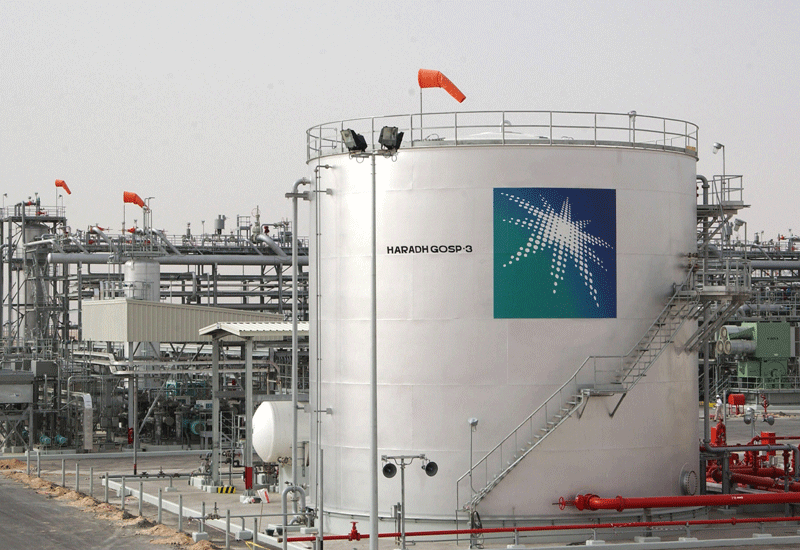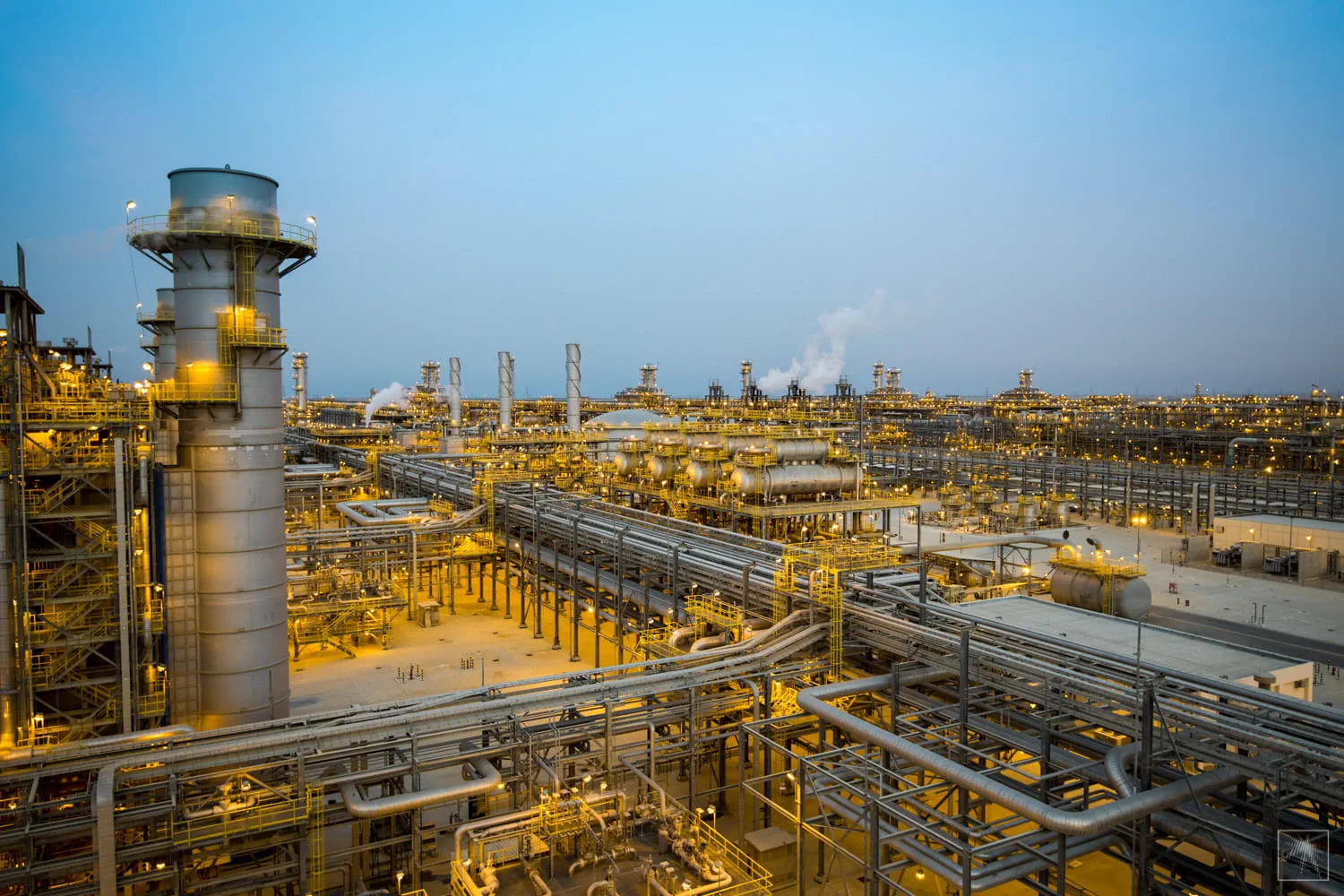A Crucial Step in Construction for Ensuring Structural Integrity
What is Backfilling in Construction? A Quick Guide
Backfilling is the essential process of refilling an excavated area, like a trench or around a foundation, with soil or other approved material. Proper backfilling is critical for the long-term stability and safety of any construction project.
Why is Backfilling Important?
- Structural Support: Provides crucial support to foundations, retaining walls, and utility pipes.
- Prevents Settling: Proper compaction ensures the ground won’t sink over time, which could damage the structure.
- Improves Drainage: Using the right materials helps manage water flow and protects the foundation from moisture damage.
Common Backfill Materials
The material used depends on the project’s engineering requirements. Key options include:
- Granular Soils: Sand and gravel are popular choices for their excellent drainage and ease of compaction.
- Native Soil: The original soil can be reused if it’s free of debris and has the right properties.
- Flowable Fill (CLSM): A liquid mixture that solidifies, offering excellent support without needing mechanical compaction.
The Backfilling & Compaction Process
Achieving a solid base is key. The process typically involves:
- Placing in Layers: Material is added in thin layers, often called “lifts.”
- Compacting Each Layer: Each lift is mechanically compacted with equipment like plate compactors or rollers.
- Testing for Density: Professionals test the compacted soil to ensure it meets the required density for maximum stability.
For a safe and durable structure, professional backfilling and compaction are non-negotiable.
- Client Saudi Aramco
- Date April 5, 2022
- Tags Civil Projects




